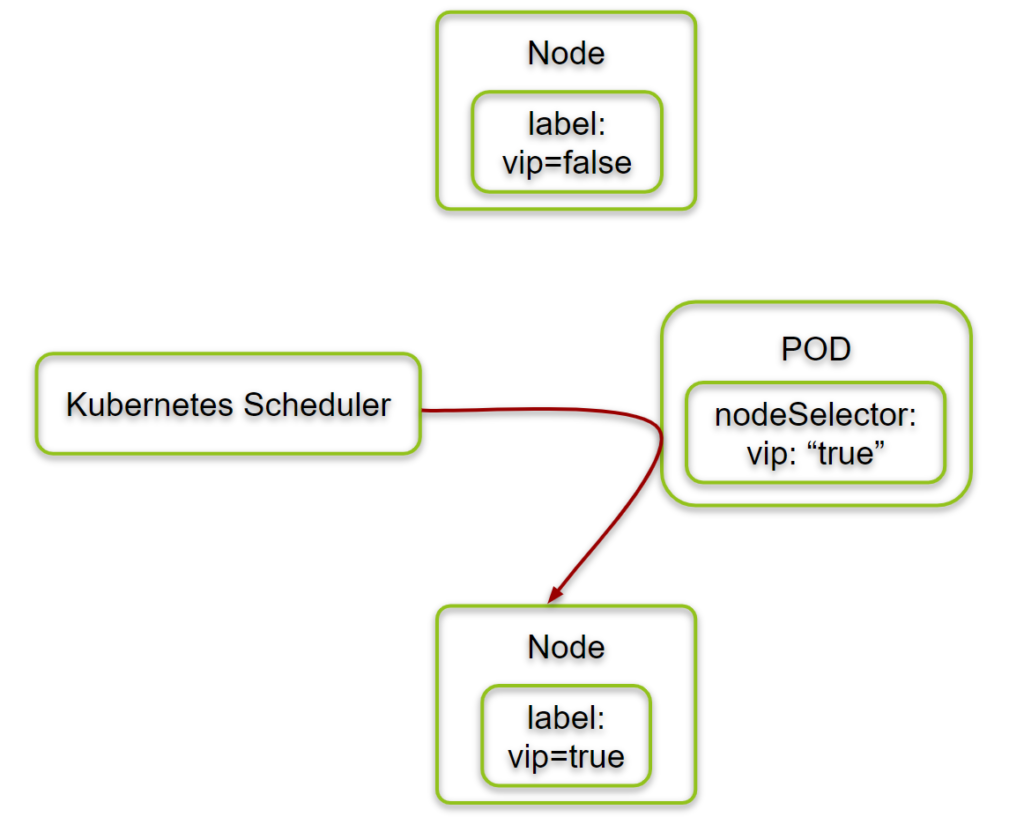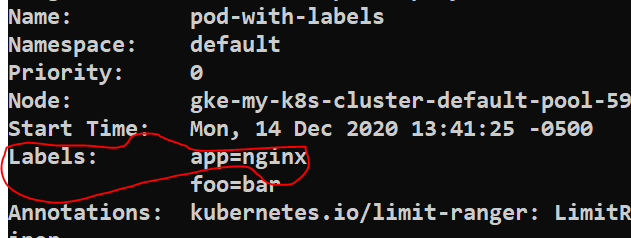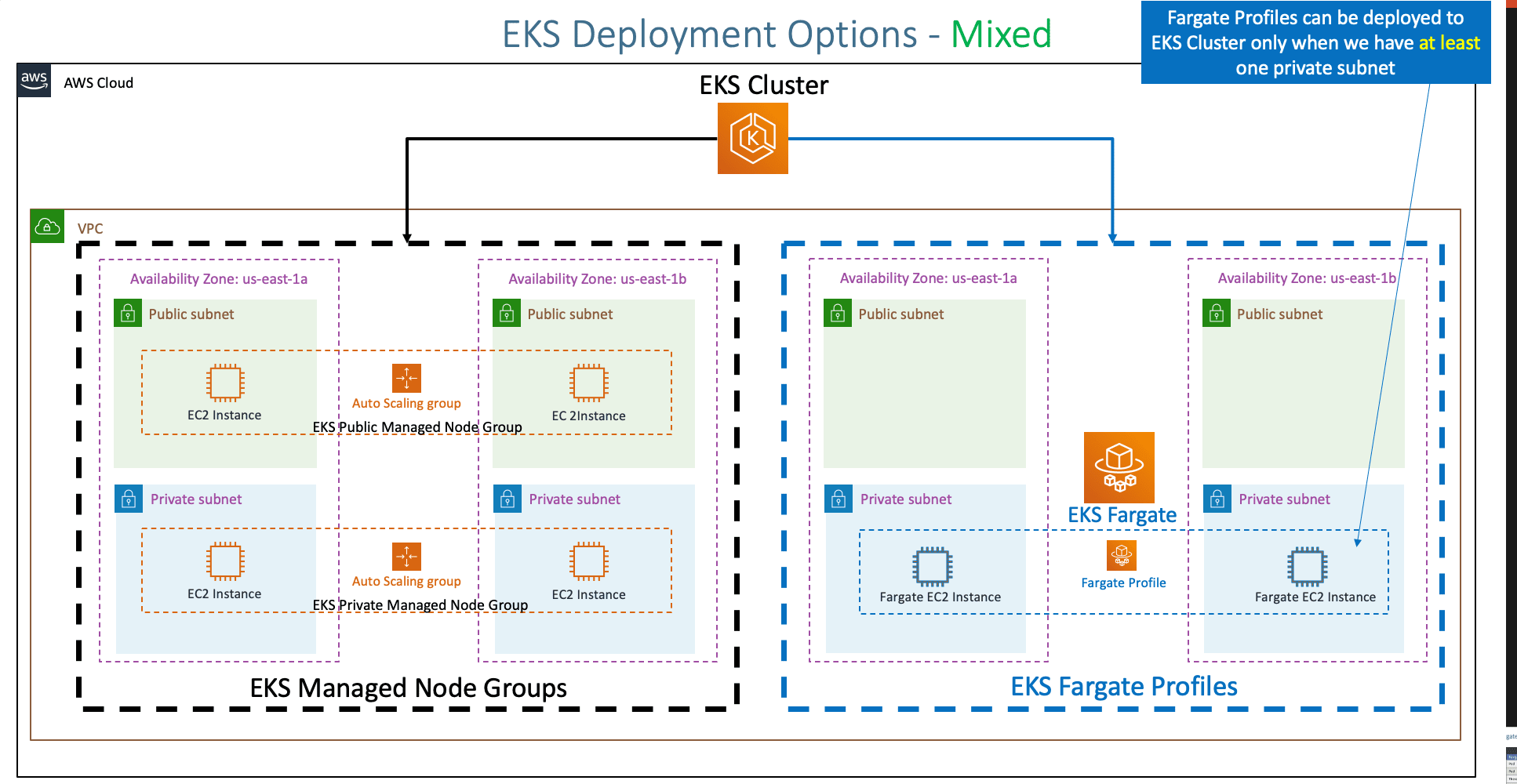40 labels and selectors in kubernetes
KubernetesのYAMLマニフェストでフォーマッターを利用したい | amateur engineer's blog はじめに. KubernetesのYAML形式のマニフェストをVSCodeで記述する際に、フォーマッターを利用できるように設定していきたいと思います。. 結論として、現状では設定したい内容が実現できなかったので、フォーマッターの利用は諦めています。. azure aks - Kubernetes crashloopbackoff error after adding ... Azure Kubernetes service is giving recommendation- mutable (read-only) root filesystem should be enforced for containers. My deployment is working as expected without it but after adding readOnlyRootFilesystem: true It's not working because the container can not write.. I am also using PVC with azure storage files and It shows successful binding but It always shows empty.
Labels and Selectors in Kubernetes - HowtoForge The label selector is the core grouping primitive in Kubernetes. Kubernetes API supports two types of selectors. Equality-based selectors: This allows filtering by key and value, where matching objects should satisfy all the specified labels. Set-based selectors: This allows filtering keys according to a set of values.

Labels and selectors in kubernetes
Tilt CLI Reference | Tilt Kubernetes for Prod, Tilt for Dev. GitHub 5.5k; Blog About Getting Started ... v1alpha1.label_selector v1alpha1.label_selector_requirement v1alpha1.object_selector v1alpha1.pod_log_stream_template_spec v1alpha1.port_forward_template_spec ... Using Kubernetes Annotations, Labels, and Selectors Nov 11, 2021 · Annotations and Labels are two ways to add metadata to your Kubernetes objects. Annotations are for non-identifying data that won’t be referenced by Kubernetes. Labels are used to identify objects so that they can be selected by other Kubernetes resources. It’s best to use an annotation if you won’t be querying for objects with the key ... Kubernetes for Developers Training - Web Age Solutions Label Selector Replication Controller and Replica Set Service Storage Volume Secret Resource Quota Authentication and Authorization Routing Docker Registry Summary Chapter 2. Kubernetes Architecture Architecture Diagram Components Kubernetes Cluster Master Node Kube-Control-Manager Nodes Other Components Interacting with Kubernetes Summary
Labels and selectors in kubernetes. Dynamic Admission Control | Kubernetes Each rule specifies one or more operations, apiGroups, apiVersions, and resources, and a resource scope: operations lists one or more operations to match. Can be "CREATE", "UPDATE", "DELETE", "CONNECT", or "*" to match all. apiGroups lists one or more API groups to match. "" is the core API group. "*" matches all API groups. Labels and Selectors - Kubernetes how to connect spark workers to spark driver in kubernetes ... Show activity on this post. I created a Dockerfile with just debian and apache spark downloaded from the main website. I then created a kubernetes deployment to have 1 pod running spark driver, and another spark worker. NAME READY STATUS RESTARTS AGE spark-driver-54446998ff-2rz5h 1/1 Running 0 45m spark-worker-5d55b54d8d-9vfs7 1/1 Running 2 ... v1-21.docs.kubernetes.io › labelsLabels and Selectors | Kubernetes Labels are key/value pairs that are attached to objects, such as pods. Labels are intended to be used to specify identifying attributes of objects that are meaningful and relevant to users, but do not directly imply semantics to the core system. Labels can be used to organize and to select subsets of objects. Labels can be attached to objects at creation time and subsequently added and ...
Dynamic hostPath PV Creation in Kubernetes using Local ... Local Path Provisioner provides a way for the Kubernetes users to utilize the local storage in each node. Based on the user configuration, the Local Path ... wordpress type: NodePort --- apiVersion: apps/v1 kind: Deployment metadata: name: wordpress labels: app: wordpress spec: selector: matchLabels: app: wordpress strategy: type: Recreate ... vault-helm/values.yaml at main · hashicorp/vault ... - GitHub vault-helm/values.yaml. This commit does not belong to any branch on this repository, and may belong to a fork outside of the repository. Loading status checks…. # Available parameters and their default values for the Vault chart. # enabled is the master enabled switch. Setting this to true or false. # will enable or disable all the ... Use Project Quay KUBERNETES_DISTRIBUTION. Indicates which type of Kubernetes is being used. Valid values are 'openshift' and 'k8s'. CONTAINER_* Define the resource requests and limits for each build pod. NODE_SELECTOR_* Defines the node selector label name/value pair where build Pods should be scheduled. CONTAINER_RUNTIME How can the OR selector be used with ... - Stack Overflow Sep 04, 2017 · 9. as per the question, requirement is to be able to make OR based selection on different label names. – Munish. Feb 14, 2020 at 5:46. 1. ^I think this will do precisely that. I just ran it successfully as kubectl get pods --selector 'label in (value1,value2,value3)'.
Kubernetes labels, selectors & annotations Selectors. Labels are queryable — which makes them especially useful in organizing things. The mechanism for this query is a label selector. A label selector is a string that identifies which labels you are trying to match. There are currently two types of selectors: equality-based and set-based selectors. Equality-based selector Kubernetes Labels, Selectors, and Annotations | Getting ... Mar 15, 2022 · Labels are a type of metadata in Kubernetes that take on the form of a key-value pair attached to objects such as pods and services. Labels are often used to describe identifying aspects of the object, possibly for use by the user at a later stage. However, like other metadata, labels do not directly change any functionality as they imply no semantics to Kubernetes by … Quickstart: Deploy an AKS cluster by using Azure CLI ... Configure kubectl to connect to your Kubernetes cluster using the az aks get-credentials command. The following command: Downloads credentials and configures the Kubernetes CLI to use them. Uses ~/.kube/config, the default location for the Kubernetes configuration file. Kubernetes Selector - EDUCBA Following are the types of kubernetes selector. 1. Label Selector We apply labels to the Kubernetes objects to organize or select a group of objects. Labels can be attached at creation time or added and modified at any time. Labels are case sensitive. We can use Label Selector using the option ‘-l’.
Scheduling | Karpenter The dev labelSelector will include all pods with the label of dev=jjones in topology calculations. It is recommended to use a selector to match all pods in a deployment. No more than one pod difference in the number of pods on each host ( maxSkew ).
Kubernetes Ambassador - Signal Sciences Help Center The recommended way of installing the Signal Sciences Agent in Kubernetes is by integrating the sigsci-agent into a pod as a sidecar . This just means adding the sigsci-agent as an additional container to the Kubernetes pod. As a sidecar, the agent will scale with the app/service in the pod instead of having to do this separately.

What I learned about Kubernetes - (Scheduling - Manual Scheduling, Labels and Selectors) ~ Root ...
Deploy to hybrid Linux/Windows Kubernetes clusters - Dapr Docs Deploy to your Kubernetes cluster kubectl apply -f deploy_windows.yaml Linux applications If you have already got a dapr application with runs on Linux, you'll still need to add affinity rules as above, but choose linux affinity instead. Create a deployment YAML Here is a sample deployment with nodeAffinity set to "linux".
Kubernetes - Tutorialspoint Labels selector are core grouping primitive in Kubernetes. They are used by the users to select a set of objects. Kubernetes API currently supports two type of selectors − Equality-based selectors Set-based selectors Equality-based Selectors They allow filtering by key and value. Matching objects should satisfy all the specified labels.
Tilt CLI Reference | Tilt v1alpha1.label_selector_requirement v1alpha1.object_selector v1alpha1.pod_log_stream_template_spec v1alpha1.port_forward_template_spec v1alpha1.probe ... Creates a local, temporary Kubernetes cluster and runs a Tilt sample project. Synopsis. Test out Tilt using an isolated, ephemeral local Kubernetes setup. ...

Kubernetes: Usage and Understanding of Kubernetes Labels, MatchLabels, and Selectors. | Part 6
Kubernetes Cheat Sheet - Sezer.in Name: Command: Create resource: kubectl apply -f ./.yaml: Create from multiple files: kubectl apply -f ./.yaml -f ./.yaml
[Elixir] libclusterを使ってKubernetes上でErlangクラスタを形成する - Qiita libclusterの設定に kubernetes_selector: "app=microposts-sample" という部分がありますが、これはlibclusterがEndpointリソースを参照する際のセレクタで、①と②の指定が必要です。. また、PodにはデフォルトではEndpointリソースを参照する権限がないため、RoleリソースとRoleBindingリソースを作成して権限を付与し ...
MQTT - Dapr Docs Create a MQTT broker. Self-Hosted. Kubernetes. You can run a MQTT broker locally using Docker: docker run -d -p 1883:1883 -p 9001:9001 --name mqtt eclipse-mosquitto:1.6.9. You can then interact with the server using the client port: mqtt://localhost:1883. You can run a MQTT broker in kubernetes using following yaml: Copy.
Create a Windows Server container on an AKS cluster by ... This command downloads credentials and configures the Kubernetes CLI to use them. Azure CLI az aks get-credentials --resource-group myResourceGroup --name myAKSCluster To verify the connection to your cluster, use the kubectl get command to return a list of the cluster nodes. Console kubectl get nodes -o wide
Getting Started Using Tanzu Dev Tools Open the new catalog-info.yaml file in VS Code, enter tanzu catalog-info in the file to trigger the Code Snippets, then either press return or left-click the tanzu catalog-info text in the dropdown. Fill out the template by using the tab key. Note: To create your catalog-info.yaml file manually, see Creating a catalog-info.yaml file.
cost-analyzer-helm-chart/values.yaml at develop - GitHub regex: { { template "cost-analyzer.networkCostsName" . }} server: # If clusterIDConfigmap is defined, instead use user-generated configmap with key CLUSTER_ID. # to use as unique cluster ID in kubecost cost-analyzer deployment. # This overrides the cluster_id set in prometheus.server.global.external_labels.
A Kubernetes Guide for Labels and Selectors - Datree Labels can be used by both Kubernetes and homo-sapiens to organize and to select subsets of objects. When dealing with Kubernetes config files, labels are always added under the “metadata” section of the manifest. Labels vs annotations Annotations are also key-value pairs that are attached to objects and are used to describe Kubernetes resources.
Injecting multiple Kubernetes volumes to the same ... We can inject configuration into containers using Kubernetes config maps and secrets. These objects can be consumed by a pod as environment variables, command-line arguments, or as configuration files mounted in a volume. For the subject of this article, we will focus on mounting multiple config maps/secrets into a single directory on a pod. Mounting … Continue reading "Injecting multiple ...
Deploy Management Clusters with the Installer Interface Select the datacenter in which to deploy the management cluster from the Datacenter drop-down menu. Add your SSH public key. To add your SSH public key, use the Browse File option or manually paste the contents of the key into the text box. Click Next. For the next steps, go to Configure the Management Cluster Settings.
Creating volumes | Kubernetes Engine Documentation ... To create a Deployment from this manifest file, run the following command: kubectl apply -f volumes-demo.yaml. Verify that your Deployment is running correctly and has the expected Volume with this command: kubectl describe pods volumes-example-deployment. This prints information about each of the three Pods in the Deployment.










Post a Comment for "40 labels and selectors in kubernetes"